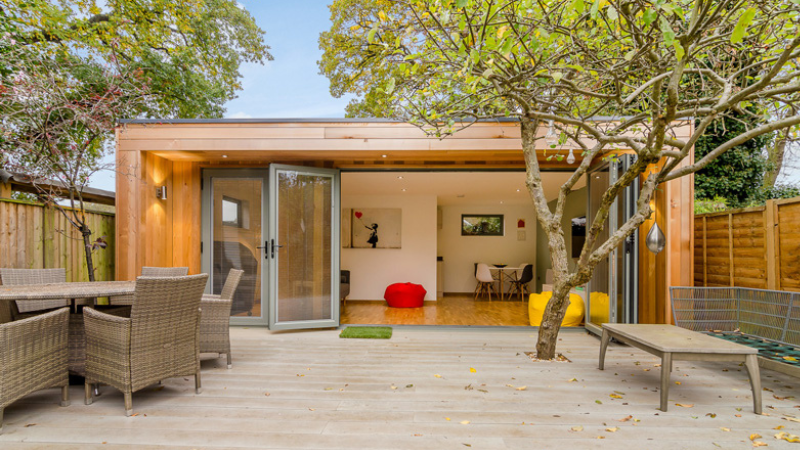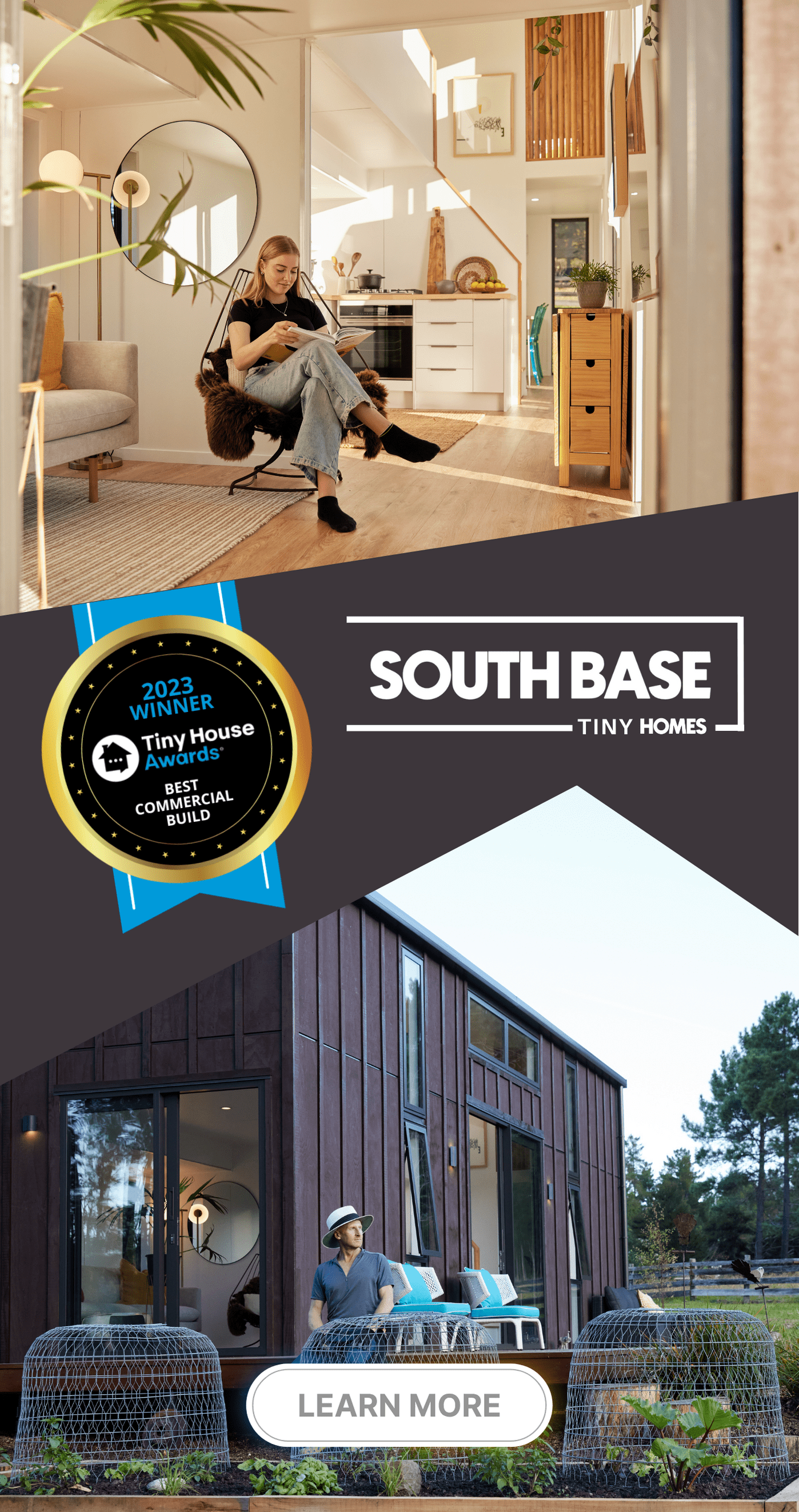The New Zealand government has recently proposed a building consent exemption for small standalone dwellings, sometimes referred to as granny flats, sleepouts, or minor dwellings, set to come into effect in early 2026.
At first glance, it sounds like a win for tiny living enthusiasts. But is it? Let’s dig in.
This article breaks down what’s actually proposed and what it means (or doesn’t mean) for common tiny house living situations, especially if your home:
- Is on a trailer
- Has a loft
- Is owned by someone who isn’t the landowner
- Is built before the new rules take effect
- Is on leased land
First, What Is Being Proposed?
The proposed exemption would allow certain small, standalone dwellings to be built without needing building consent, as long as:
-
The structure is single-storey and has a simple design (no complex engineering or unusual shapes)
-
It’s permanently connected to services (like water, wastewater)
-
It meets the NZ Building Code
-
It's built on the same property as an existing home, not on its own title
-
The structure is not used for short-term accommodation, like Airbnb
-
It’s not on wheels, it must be fixed to permanent foundations
Now, let’s apply that to your real-world scenarios.
1. What if your tiny house is on a trailer?
❌ Nope, the exemption won’t apply.
These new rules only apply to permanent buildings fixed to the land, not ones on a trailer foundation.
So if your tiny home is on a trailer (and therefore moveable), nothing changes. You’re still in the same legal grey area around building consents, depending on how councils interpret the dwelling’s use.
Key takeaway: This exemption applies to buildings, not vehicles. So unless your tiny house is taken off its trailer and fixed to the ground, this exemption won’t help you.
2. What if your tiny house has a loft?
✅ Possibly yes, but with caution.
The exemption only applies to single-storey dwellings. The government hasn’t given a hard definition of a "storey" in this context yet, but if your loft:
-
Isn’t enclosed by full-height walls,
-
Is accessed by a ladder or stairs without a landing,
-
And is used just for sleeping or storage,
...then it might still be classified as a single-storey home if it’s structurally simple and complies with the Building Code.
However, if your loft has complex framing or is fully walled-off like a second floor, it’s likely not going to meet the “simple design” or “single storey” requirements.
Key takeaway: Lofts could be allowed, but you'll need to ensure they don’t turn your build into a complex, multi-storey structure.
3. What if the tiny house is owned by someone who doesn’t own the land?
❌ Nope, not eligible.
The proposed exemption is specifically for homeowners building an additional small dwelling on their own land. If you’re the tiny house owner but don’t own the land, you can’t use this exemption to build your home.
Only landowners can legally benefit from this exemption.
Key takeaway: This exemption supports landowners, not people moving tiny homes onto someone else’s land.
4. What if the land is leased?
❌ Still no.
Leasing land from someone else, even if it’s a long-term lease, doesn't meet the requirements of this exemption unless the landowner themselves is applying for the build.
So if you’re:
-
A tiny house owner leasing land from a private owner, or
-
On a lifestyle block with a lease agreement,
...you’re not eligible to build under this exemption unless the landowner does it.
Key takeaway: This rule won’t change things for most tiny house leasing setups.
5. What about tiny homes built before the exemption comes into force in 2026?
❌ No retrospective magic, unfortunately.
The exemption will not apply retroactively. If you build your tiny home before the rules come in, it will still need building consent, or you’ll need to work under the current exemptions (like the 30m² sleepout rule with no plumbing).
Key takeaway: The new exemption doesn’t "bless" or legalise any existing builds. You still need to follow current rules until 2026.
So… Does This Help Tiny House Owners At All?
In short: Not really.
This exemption is aimed at landowners who want to build a small secondary dwelling (e.g. for a relative, or to rent out long-term). It could reduce red tape for some builds, but only if:
-
The building is fixed to the land,
-
It meets a fairly narrow design criteria, and
-
It’s built after the new exemption becomes law in 2026.
For most people living the tiny house lifestyle, especially those on trailers, leasing land, or not owning the site they live on, this does very little to make life easier.
But it does open the door slightly for more landowners to consider building dwellings to lease out long-term, which could mean more rental properties available.
If you're unsure where your tiny home fits into this, or you’re building in the next year, don’t assume this exemption applies. Talk to your local council or a building professional familiar with small dwellings and the Building Act.


